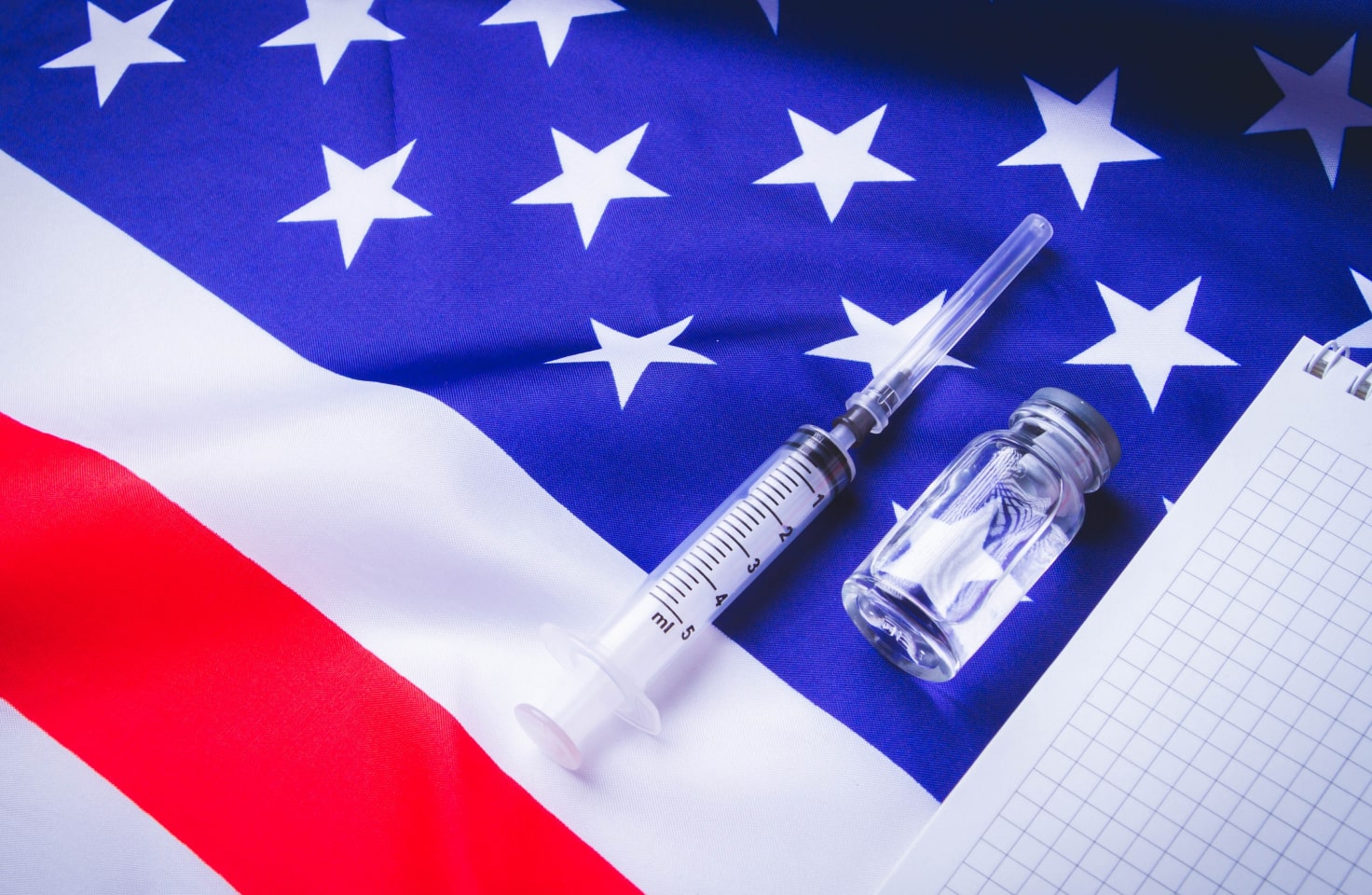T1D Guide
T1D Strong News
Personal Stories
Resources
T1D Misdiagnosis
T1D Early Detection
Research/Clinical Trials
9 Tips for Better Time in Range
Having achievable goals relieves anxiety by helping you focus and prioritize. When you meet targets like keeping your blood sugar in range for a quarter, a week or even a day – it gives you confidence in your abilities and a sense of purpose that helps foster resilience, which is vital in diabetes management.
.jpg)
Editor's Note: T1DStrong and the author are not medical professionals. Always consult your healthcare team before making any changes to your type 1 diabetes management plan involving your target time-in-range.
Time in Range Goals
There’s no vacation from the chronic autoimmune disease, type 1 diabetes (T1D). It demands our constant attention every day and every night.
The perks to keeping excellent control, besides starving off long-term diabetes complications like eye, nerve, and kidney damage as well as heart disease, are that you sleep better and feel better. Your immune system is strengthened, and you have more energy to burn.
So, how do you maintain good diabetes control? The answer is to keep blood glucose levels in an ideal Time in Range (TIR). The main reason to achieve TIR is to avoid low blood sugar (hypoglycemia) and high blood sugar (hyperglycemia).
Time in Range 101
Time in range is the percentage of time a person with type 1 or type 2 diabetes (T2D) spends with their blood glucose levels in the recommended target parameters. The suggested TIR for people with diabetes is between 70 to 180 mg/dL or a tighter time in range (TTIR) of 70 to 140 mg/dL. The American Diabetes Association (ADA) recommends aiming for TIR at least 70% or 17 out of 24 hours a day.

Adhering to these average blood glucose levels is tricky because virtually everything affects blood sugar levels. The many factors of maintaining an average glucose range include timing, how much you eat and drink, exercise, stress, hormones, alcohol, temperature and even the weather.
Time in Range Tips
When blood sugar is kept in tight control, the planets align, and you start to feel better. The first step in achieving target blood sugar levels is finding the diabetes management plan that is right for you.
Check out the Time in Range Tips to raise the bar for tighter control.
1) CGM Devices
Try using a continuous glucose monitor to track glucose levels. They offer alerts and adjust for high blood sugars by increasing insulin. And when blood sugars are low, decreasing insulin. Continuous glucose monitoring data helps your health care provider improve TIR.

2) Keep Your Doctor Appointments
In addition to wearing a continuous glucose monitor, it’s important to review your A1C glucose data with your doctor to allow them to revise your glucose values and make the needed adjustments from your sensor data for your best target range.
3) Water Up
Staying hydrated is essential to keeping blood sugar in the normal range and refining glycemic control, as it expels excess glucose through urine. The National Academies of Science, Engineering and Medicine suggests 9 to 13 cups per day; this depends on a person’s age, weight, gender, climate and activity level.
4) Get Enough Zzzz’s
Another way to maintain a tight range and improve TIR data is to catch more Zzzzs. A good night’s rest is vital to maintaining health. It strengthens the immune system and helps with glucose management.
5) Maintain a Healthy Diet
The food you eat does matter. Adding more fruits, vegetables, fiber and protein to your diet can prevent blood glucose levels from rising. Also, avoiding processed, high-sugar treats is good for everyone.

6) Get Moving
Try a new exercise routine. Sign up for a weightlifting, yoga or Zumba class. Hiking, walking, running—anything to get you moving will help maintain tighter TIR. T1D Exchange, a nonprofit dedicated to facilitating diabetes research and care, offers tips to maximize TIR with exercise.
7) Intermittent Fasting
Intermittent Fasting (IF) has been proven to lower blood pressure and resting heart rates while increasing endurance and maintaining a healthy weight. One study from the National Institutes of Health (NIH) found that fasting could minimize the risks of hypoglycemia and improve fat metabolism in T1D and T2D patients.
Interesting Fact: Another NIH study found that lower TIR values are associated with higher risks of diabetic microvascular complications like retinopathy, nephropathy, and neuropathy.
8) Keep Stress Levels in Check
Your mental health is as important as your physical well-being. Managing diabetes can be difficult at times, which is why getting enough rest, exercise, and meditation to combat nervous tension is vital.

9) Bolus for Meals and Snacks
It may sound simple, but when you’re out of a normal routine, it’s easy to forget to bolus for food. Setting reminders on your phone can be an excellent way to catch a high blood sugar before it escalates.
Monitoring and Controlling Blood Sugar
The early method to check an average blood sugar was with a blood glucose monitor (BGM). Today, there are more advanced ways to measure TIR. The invention of continuous glucose monitoring (CGM) has freed people from the need for constant finger pricks. A flash glucose monitor (FGM) is similar to continuous glucose monitors, except the glucose meter needs to be "flashed" or scanned with a reader or phone app to access blood sugar levels. Some FGMs include the Freestyle Libre System or Freestyle Libre 3.
Other CGM measurements for determining TIR include Time Below Range (TBR) and Time Above Range (TAB), mean glucose, and glycemic variability, which all measure a person’s glucose levels.
Diabetes technology has hugely improved with time. As technology advances, it enhances T1D’s quality and length of life. Technology like continuous glucose monitors, diabetes software, mobile apps, hybrid devices, and loop systems can be easily taught to ward off dangerous side effects.
A1C Target Levels
While continuous glucose monitoring is vital to maintaining a tight range, the A1C (hemoglobin A1C or HbA1C) hemoglobin A1C is a leading tool for achieving your best glycemic control and improving diabetes care.
It measures the average blood sugar levels over the past three months. The test results are evaluated and reported as high (above 6.5%), considered diabetes, prediabetes (5.7% to 6.4%), and normal A1C level, which is 5.7% and below.
The simple test involves administering a small drop of blood from a vein in the arm or finger. Diligent testing minimizes diabetes risks.

The ADA recommends that anyone over 35 receive an initial blood sugar screening every three years. Diabetes clinical trials report that women with gestational diabetes should be tested every three years, and individuals with prediabetes should be tested every year.
Diabetes Treatment
Depending on whether you are prediabetes, T1D, or T2D, the diabetes treatment or therapy varies. In addition to tight blood glucose control, the following treatments are required:
Type 1 Diabetes
Involves insulin multiple daily injections, insulin pen or insulin pump therapy. Frequent blood sugar checks and carbohydrate counting help improve glycaemic control.
Type 2 Diabetes
Type 2 diabetes can sometimes be managed with lifestyle changes, diet and increased physical activity. Individuals with type 2 may at some point require oral medications, oral diabetes drugs, insulin or all of the above.

Prediabetes
Prediabetes can be treated with healthy lifestyle changes to modify blood sugar levels back to the normal range. This condition can be reversed by eating a balanced diet, staying active and controlling your weight.
Gestational Diabetes
Gestational diabetes (GD) cannot be reversed during pregnancy, but it can be treated by carefully monitoring your blood sugar levels throughout pregnancy. Tigh blood sugar control is the best way to minimize the effects. Modifications to diet and exercise are also advised. Having GD puts you at an elevated risk for prediabetes.
Insulin Therapy
The three types of insulin therapy are injectable shots through syringes and insulin pens or insulin pumps.
It’s All About Control
Sustaining TIR targets is challenging. However, advanced technology is making it easier for T1Ds to navigate health conditions and achieve their TIR goals. It’s easy to forget that diabetes care shouldn’t fall on your shoulders alone. Understanding glucose monitoring data interpretation, insulin-to-carb ratio, and the correction factors for maintaining average blood glucose levels is a science that endocrinologists have studied for many years.
Keeping your target glucose range requires input from your healthcare team: physician, nutritionist, and diabetes specialists to assist with insulin pump management and continuous glucose monitors.
With the right attention, support and education, T1Ds can boost their TIR to live long, healthy lives.


.webp)





.webp)
.jpg)
.jpeg)
.jpg)
.jpg)
.jpg)
.jpg)



.jpg)

.jpg)

.jpg)



.jpg)
.jpg)
.jpg)

.jpg)

.jpg)














.jpg)


.jpg)







.webp)












.webp)





















.webp)












.jpg)
















.webp)